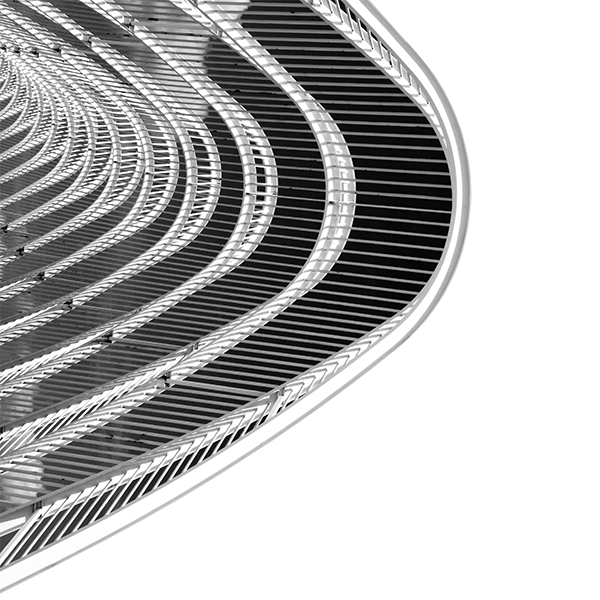25.981 Certification
EMA3D® for Aircraft Wing and Fuel System Lightning Analysis
(14 CFR 25.981)
Meeting the FAA AC 25.981 certification requirement for fuel ignition prevention can be daunting for aircraft designers. EMA®‘s approach using high fidelity analysis in conjunction with smaller scale verification by testing and measurement can provide an efficient, cost-effective and proven solution for meeting the 25.981 certification guidelines.
The Problem
The aircraft designer is often faced with a difficult tasks. During the design phase of a new aircraft, the aircraft designer will need analysis to support design of fault-tolerant current distribution during a lightning event. Then during the certification phase, the aircraft designer will need an experimentally validated model as well as simulated current levels for coupon testing. The lightning external environments must be applied to the entire wing. There are no designated test levels for individual coupons and direct effects and ignition protection depends on the current distribution pattern. Furthermore, generally there are more complications. For example, the aircraft wing may not yet exist for testing. If it does exist, full-scale testing is expensive and complicated by the ground plane and return conductor system effects (ARP 5583 requires additional simulation to support full-scale testing). A limited set of attachment scenarios can be practically assessed experimentally and it is very difficult to modify the design after testing.
The usual approaches to this problem is to either use results from a previously tested aircraft or to use poorly-suited analytical methods with a large margin. The use of composites and bonding design on modern aircraft may be significantly different among wing designs and make these usual solutions unsatisfactory.
The Solution
EMA® can offer an excellent solution to this problem. EMA3D® is a mature code that is optimized for system level E3 including lightning in fuel systems and wings. The code has been successfully used to model the individual composite layers and interaction with fasteners. EMA® has also developed methods to measure individual layer anisotropic conductivity properties. In addition, a simulate-measure-simulate approach ensures a complete understanding of current distribution in each coupon scenario. EMA® has achieved successful validation of simplified wing boxes. The cost of this type of validation is much lower than a full wing validation and allows for the use of simulation results in certification. In this post we will discuss the four main aspects of the EMA 25.981 certification solution.
25.981 High-Fidelity CAD Model
EMA® uses a high-fidelity CAD Model to do the following:
- In the design process, to evaluate if the lightning current is following the desired path.
- In the certification process, coupon test effort will need current levels from this analysis.
- In the certification process,the analysis can determine what the current path would be during failure conditions
Simplified Validation Model Object
A simplified wing box with three ribs that is relatively inexpensive to fabricate is measured and modeled as shown below.
This simplified model allows EMA® to do the following:
- In the design process, provide feedback on the lightning distribution in the simplified box
- In the certification process, validate the simulation approach with greatly reduced test effort
Impedance and Property Measurements
- For the certification process : FQIS voltage is a major risk to ignition
- For the certification process: Other system indirect effects can be assessed at the same time
- HIRF
- Lightning Indirect Effects
- P-Static
- Cross-talk and EMI
- Antenna Performance





